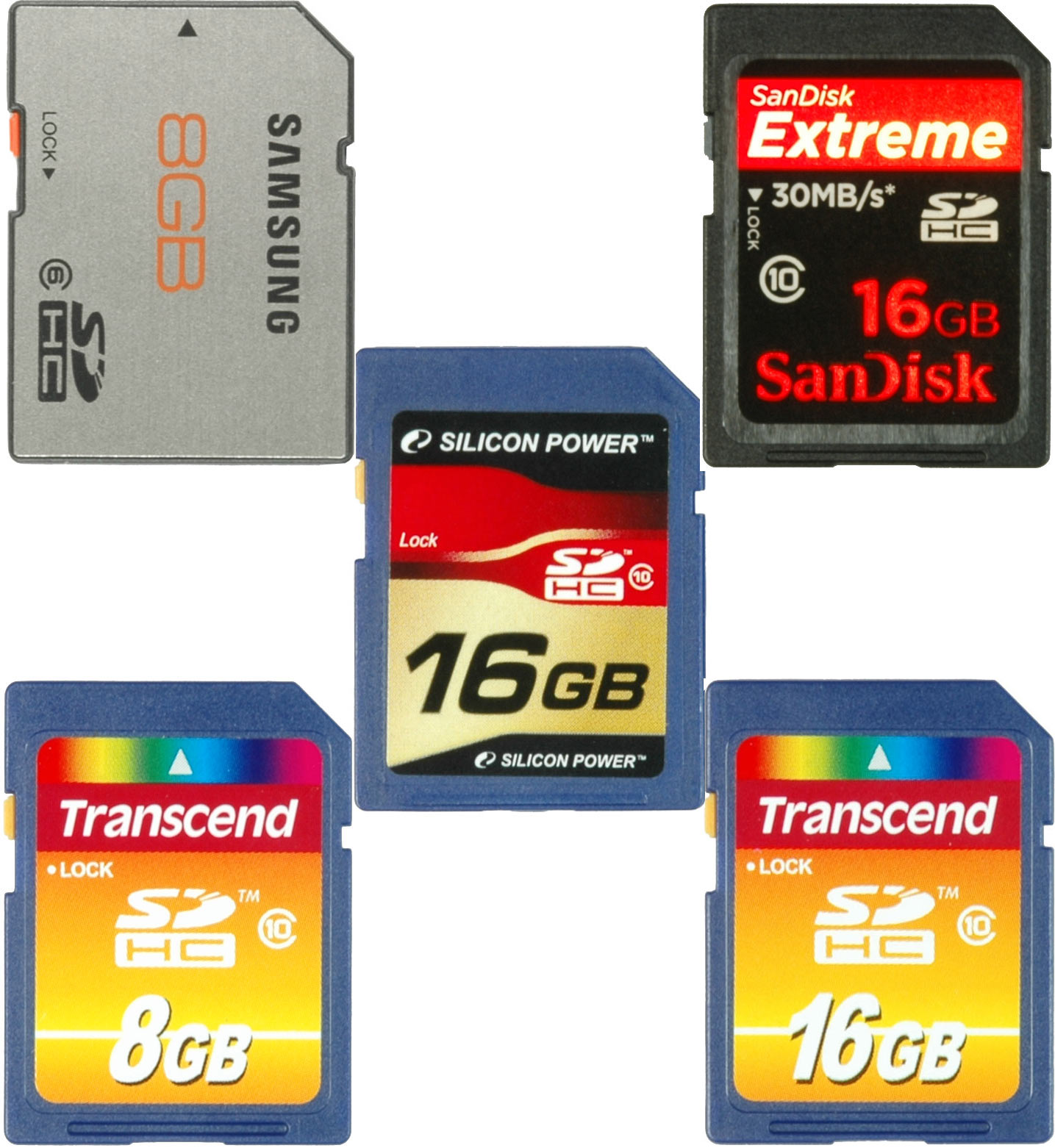Memory Cards, Part 2: SDHC Cards From 8GB To 16GB
Class 6+ SDHC Cards Compared
SD and high-capacity SD cards (SDHC) are important components in our digital lives. Most digital cameras, GPS devices, car infotainment solutions, and other consumer gadgets rely on this memory card format, in part because capacities have increased as prices have plummeted. However, enthusiasts don’t want just any memory card. They want the best one.
Secure Digital (SD) is based on the MultiMediaCard (MMC) format. The main difference between the two is a white protection switch that comes with all modern SD and SDHC cards, which is part of what makes SD cards thicker than MMC cards. Although most SD cards use MBR partitions and are preformatted with FAT32, it is possible to use all kinds of formats supported by your host devices. Also, pay attention to the SD version. SD 1.0 and 1.1 support up to 2GB. Any card 4GB and over is based on SDHC. Card readers supporting SDHC/SD 2.0 are downward compatible, but you can't use an SDHC card in an older SD 1.0/1.1 device.
The miniSD and microSD formats exist for small, portable devices, such as smart phones. But reduced dimensions come at the expense of decreased performance. SD memory cards are rated by speed categories determined by the SD Association. The common x-ratings, as in 60x for 60 times CD-ROM speed (60 x 150 KB/s = 9,000 KB/s) still apply, but the division into classes has also become popular. Class 2 means 2 MB/s, Class 4 stands for 4 MB/s, Class 6 for 6 MB/s, and so on.
The cards we look at in this article are Class 10, with one exception. Be aware that the class rating doesn’t tell you the maximum throughput, only the minimum sustainable transfer rate. We received 8GB and 16GB product samples from Lexar, Samsung, SanDisk, Silicon Power, and Transcend.
Get Tom's Hardware's best news and in-depth reviews, straight to your inbox.
Current page: Class 6+ SDHC Cards Compared
Next Page Lexar Professional (8GB, 133x)